So, you’ve had enough of the IKEA hex keys, the particleboard that bows under the weight of a houseplant, and the furniture that groans ominously every time you sit down. You’re ready to graduate to real wood furniture – the kind that lasts decades, not months, and would look quite at home in a cozy cottage or a castle’s foyer. But how do you tell the true treasures from the overpriced pretenders? Here’s your guide to spotting high-quality wood furniture that’s sturdy, timeless, and a little bit magical.
Let’s start with the money.
“But antique furniture is more expensive!” we hear the multitudes cry out. Not so, weary shopper. Consider the comparisons below.
Two desks, two very different prospects. On one hand, you could spend an hour on your knees staring at indecipherable instructions while laboriously screwing together bits of plastic and plywood that won’t last you past next Christmas, and in the process possibly instigate a domestic incident.
For half the price, you could simply plonk down a gorgeous solid oak Edwardian piece that instantly adds character to any room and has decades of utility to give.
|
|
|
This one just boils me. $1,099 for a bookcase made of soft tulipwood and engineered wood. Not the best quality materials by any stretch of the imagination. By comparison, the vintage barrister’s bookcase for a mere $200 is made of solid walnut and includes retractable glass doors to keep out dust. Not only is it made of a stronger wood with a much richer appearance - it has at least another century of shelf life in it. Pun intended.

Guys, I don’t make the rules. But the modern furniture ripoff is very real, and we’ve got to start hollering from the rooftops that antique furniture not only looks great - it’s affordable, and it has a myriad of possibilities. It can be re-stained, repaired, painted, stripped, anything your little heart can dream of. In comparison, nearly 50% of modern-made furniture, or ‘fast-deco', is non-repairable and non-recyclable, ending up in landfills as trends come and go.
Now I’ll hop off my soapbox and into the nitty gritty of how to spot the good old stuff in the wild.
Give it the wobble test.
Solid wood furniture shouldn’t feel like it’s got a bad case of the shakes if you nudge it. Tables and chairs should stand firm, no wobble, no sense that they’re plotting to collapse in the midst of your next dinner party. Drawers should slide smoothly without sticking or rattling. Hinges on cabinets should be strong, not flimsy bits of tin. If you’re browsing online, try to get a good look at how the feet sit on the floor and ask for pictures of any hinges or locks.
Under Lock and Key
Speaking of locks, this is a great hack to quickly determine the age or authenticity of a piece. I’ve included a few examples here from a desk that I own. You can see the locks are stamped with a spyglass “registered” mark alongside a stamp stating “English Made”. Another lock is stamped “GB” to mark its origin, while “lever lock” designates the lock mechanism. This dates it to the Victorian period.
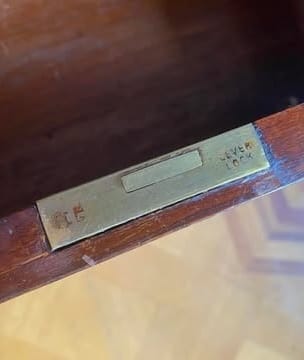
|
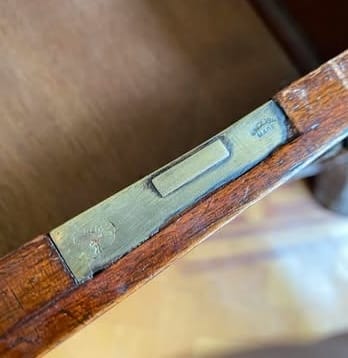
|
Check the joinery.
Quality furniture is held together like a well-built castle, not a house of cards. Quality antique pieces usually have dovetail or knapp joints in drawers (little puzzle-piece shapes where the wood meets). For pieces without drawers, check for maker’s marks and and patina/irregularity. This generally indicates that a piece has some age to it. If you see modern screws, metal brackets, or heavy duty staples doing all the work, it could be a sign of flimsy craftsmanship.
❗BE AWARE: There’s a lot of modern furniture on the market today that is ‘repro’ or reproduction furniture. This is modern furniture made with modern materials and methods that is meant to imitate historical aesthetic styles from the Baroque, Regency, and Victorian periods. Don’t be fooled by appearances.
|
Knapp/scallop joints |
Dovetail joints |
It’s all in the wood.
A lot of cheap “wood” furniture on the market isn’t wood at all – it’s MDF or particleboard with a thin veneer on top. Real hardwoods such as oak, walnut, cherry, or ash have visible grain patterns that continue around the edges of the item and don’t peel off if you scratch them. Pick up the piece, too – good wood has heft. If it feels too light to be true, you’re probably holding an expensive piece of glorified particleboard.
Quality antique furniture that you’ll usually encounter in the wild is made from oak, walnut, mahogany, cherry, pine, and teak. These woods were chosen for their durability, beauty, and workability.

Finish with the finish.
Run your hand along the surface of the item – it should feel smooth and even, no bubbling varnish. High-quality finishes protect the wood and bring out its natural beauty. Bad finishes flake, chip, or obscure the wood’s character entirely.
Finally, trust your gut. Good wood furniture isn’t just practical; it has personality. These pieces have withstood the test of time, and will continue to for generations to come. That means you’ll be making a solid investment in versatile furniture that can be grabbed for an absolute bargain - if you know how to look.



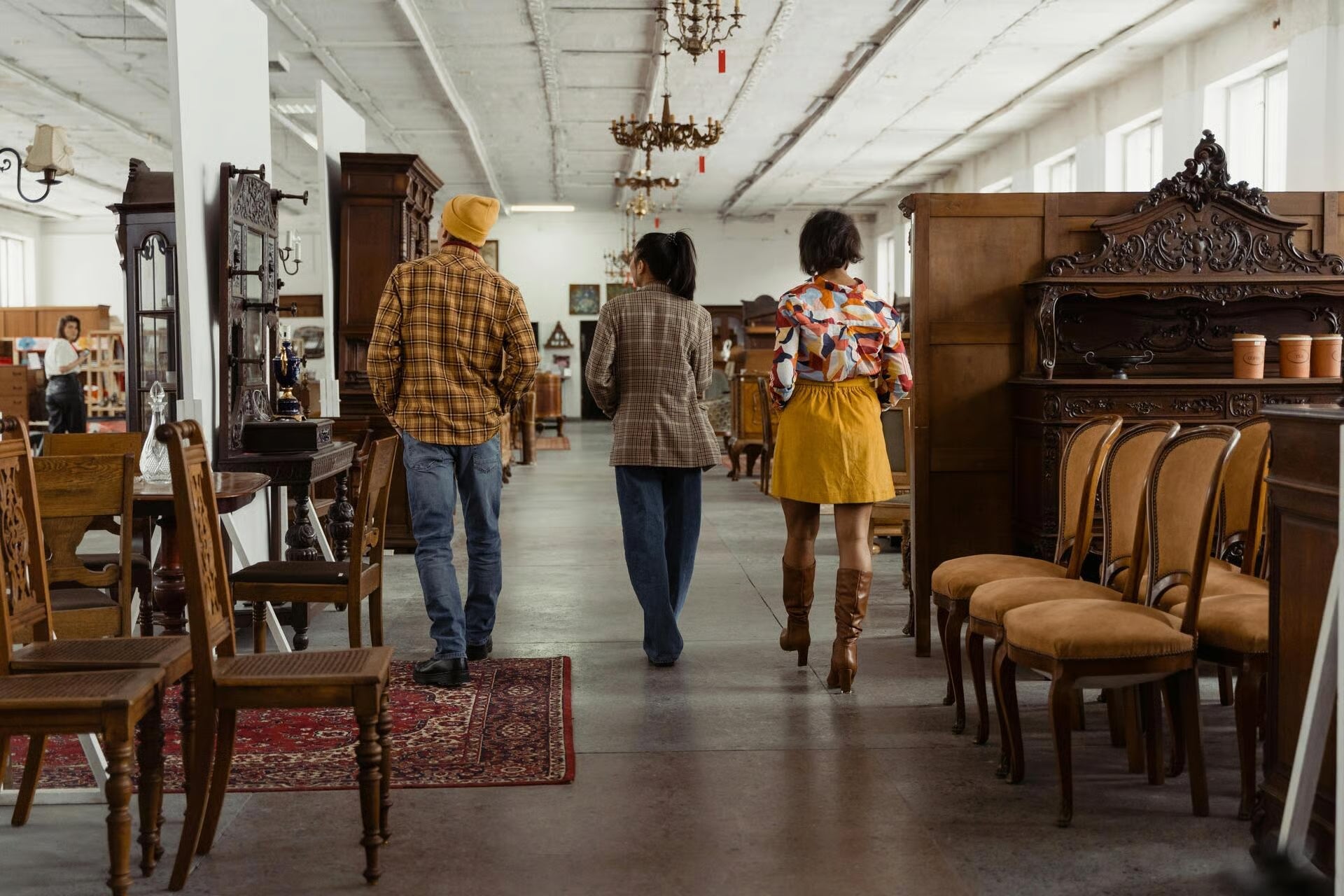

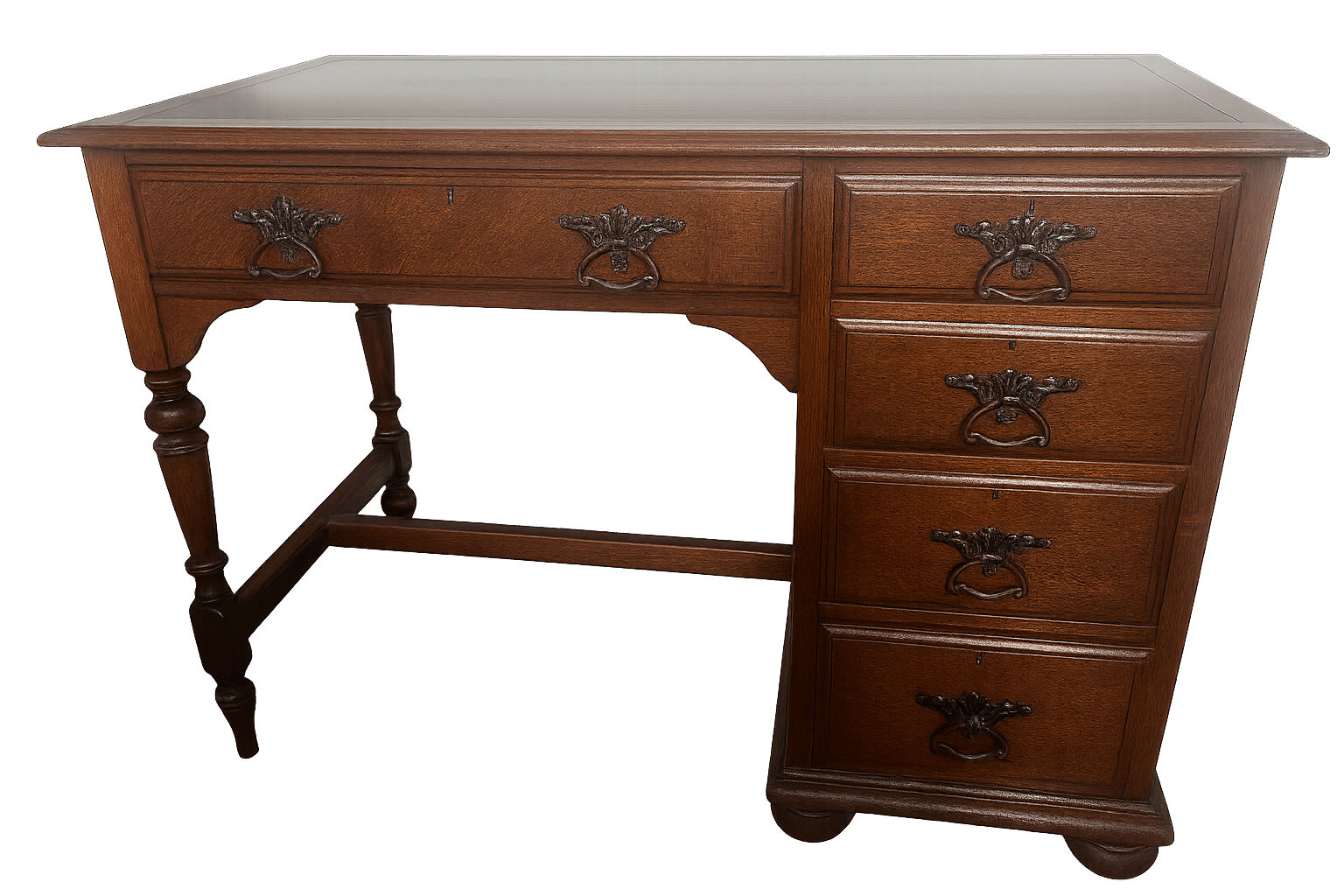
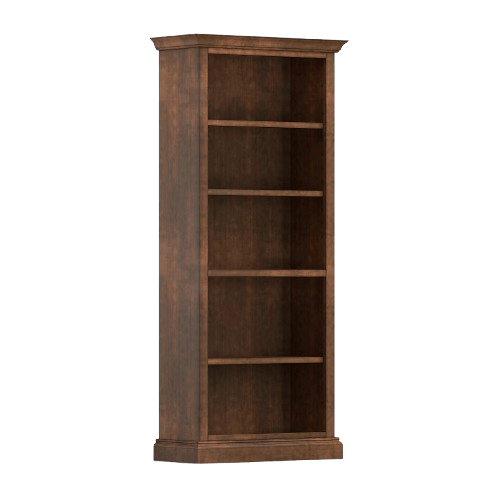

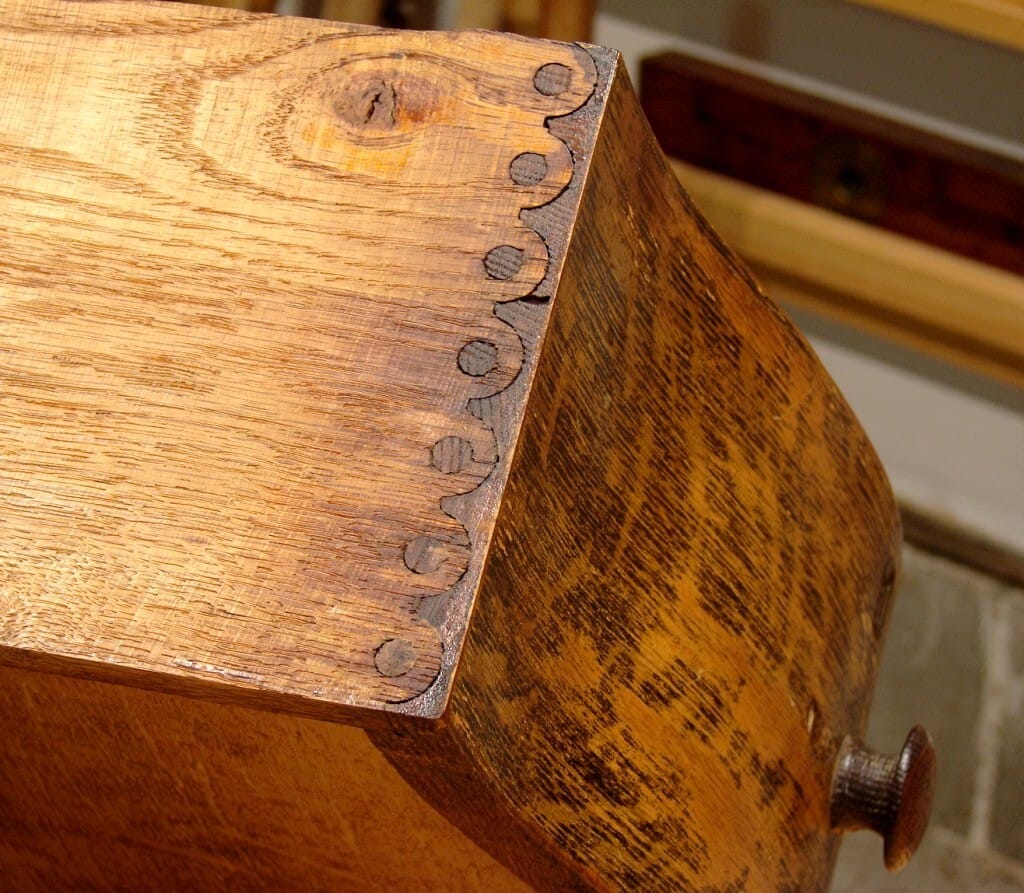
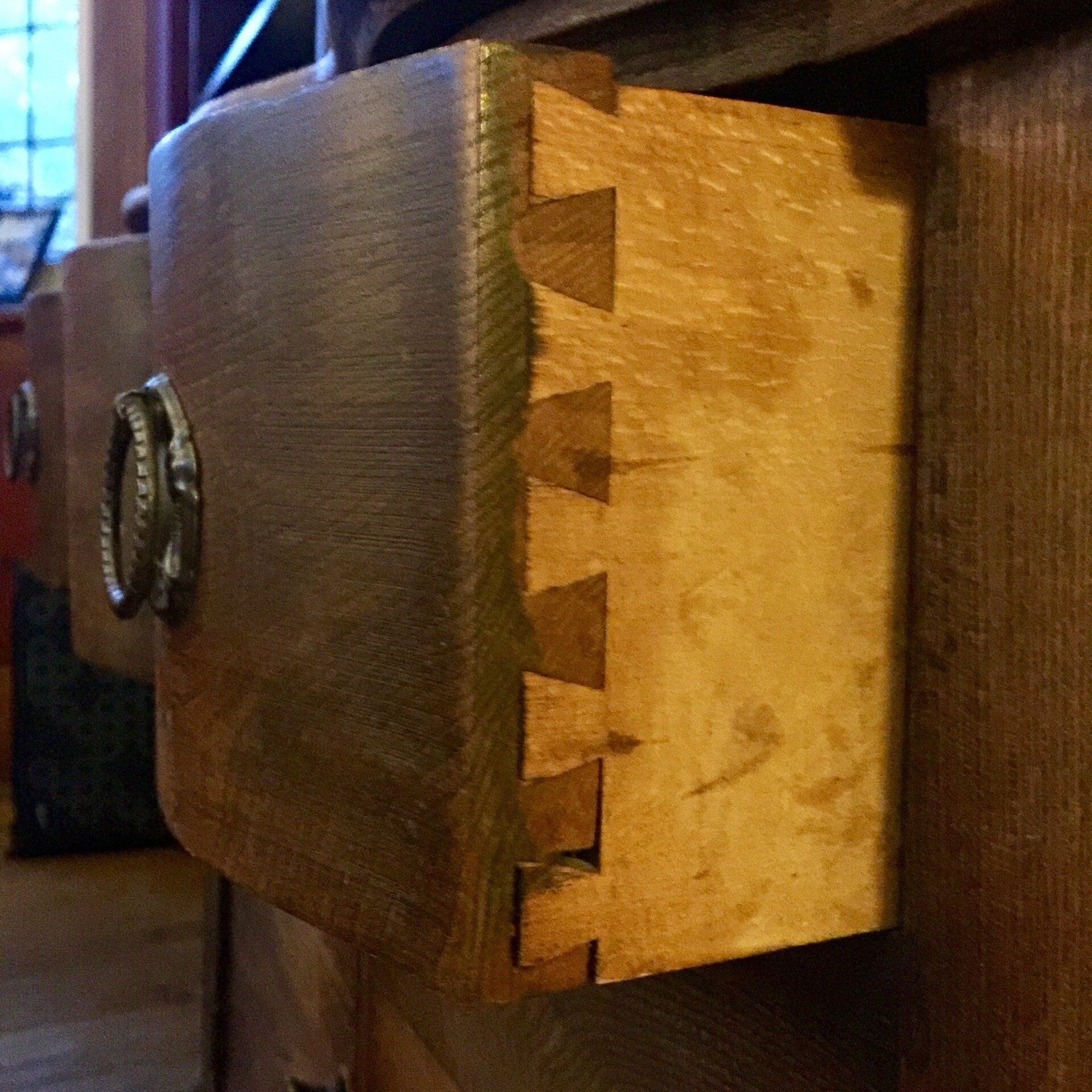
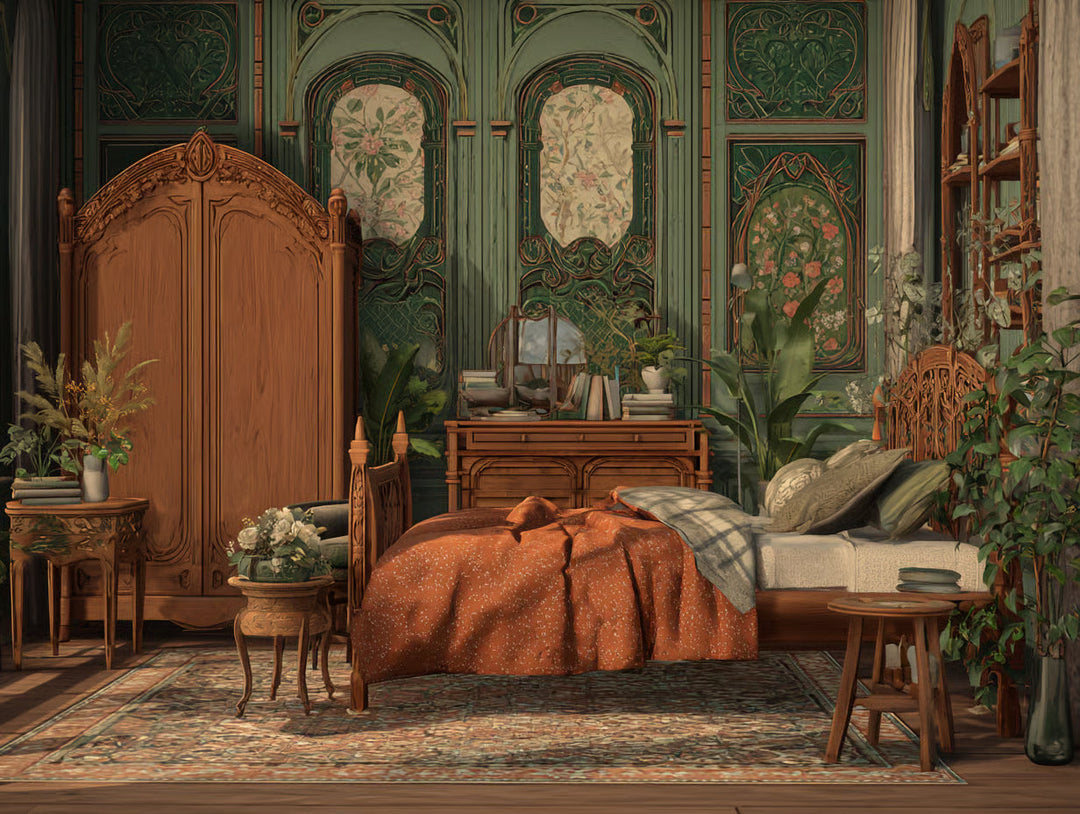
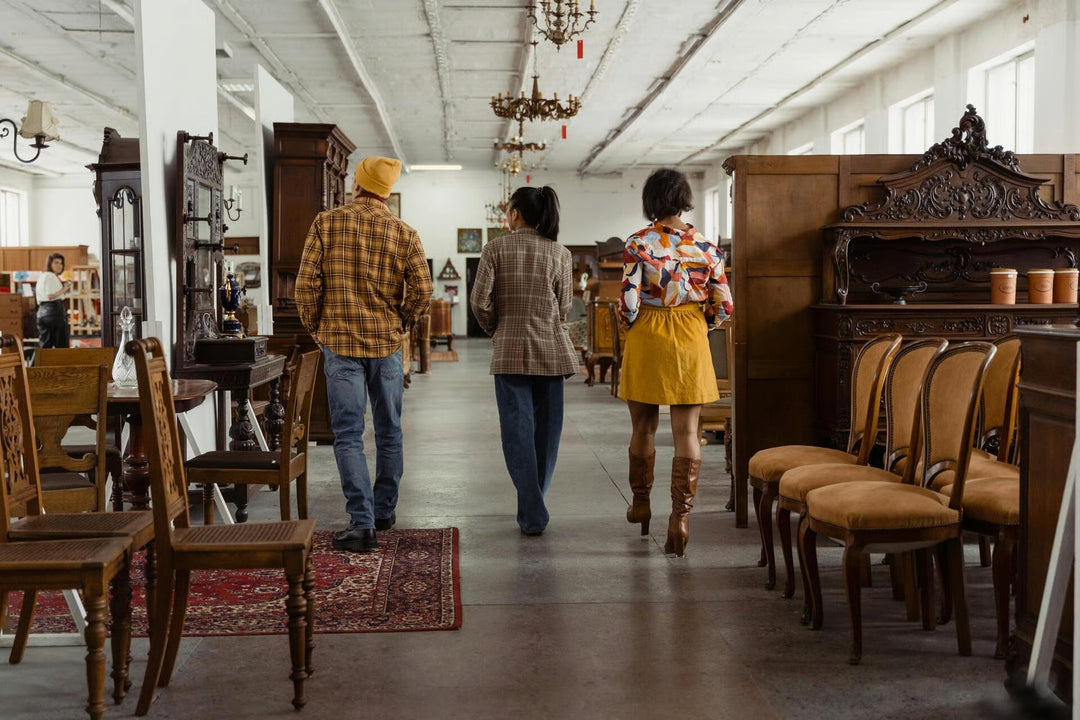
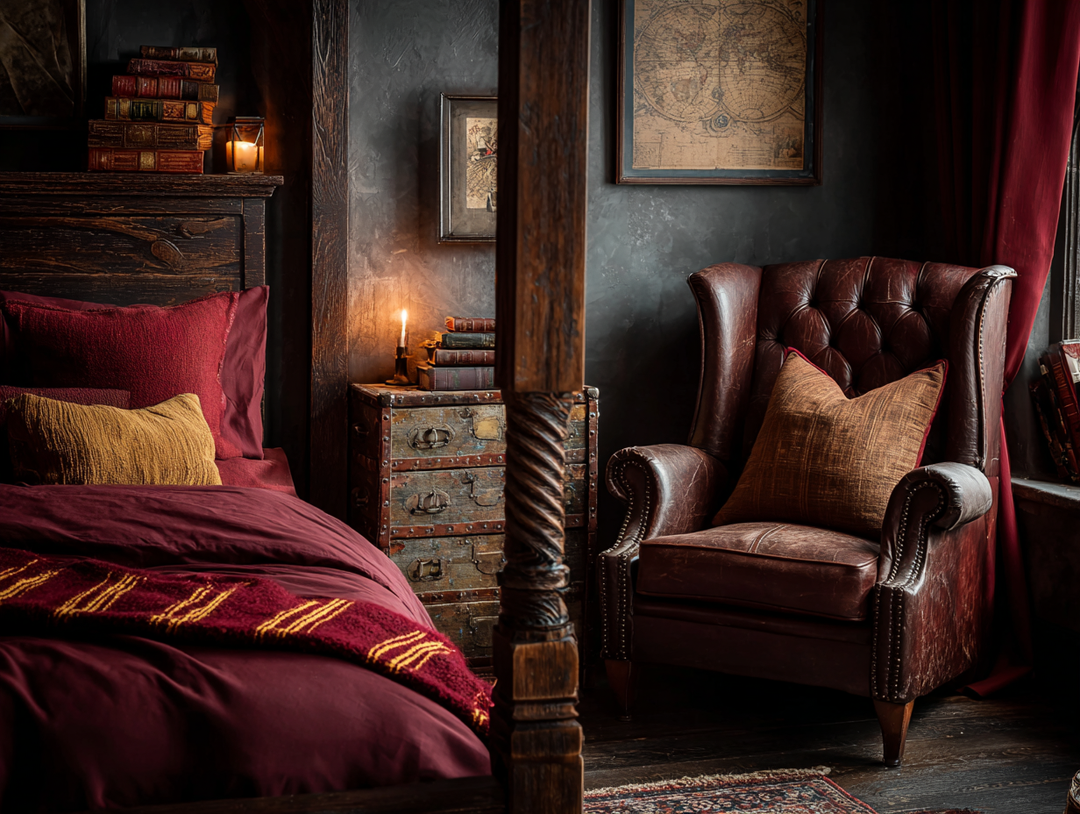
Laissez un commentaire